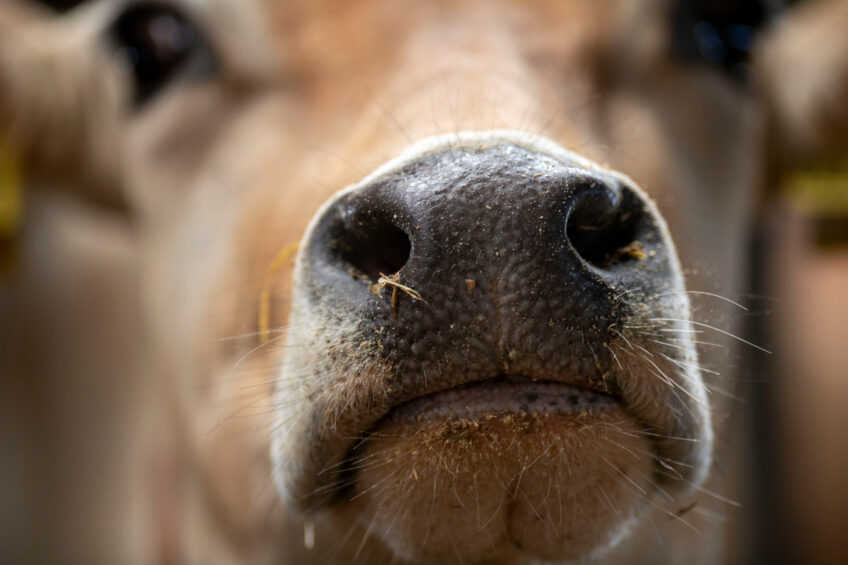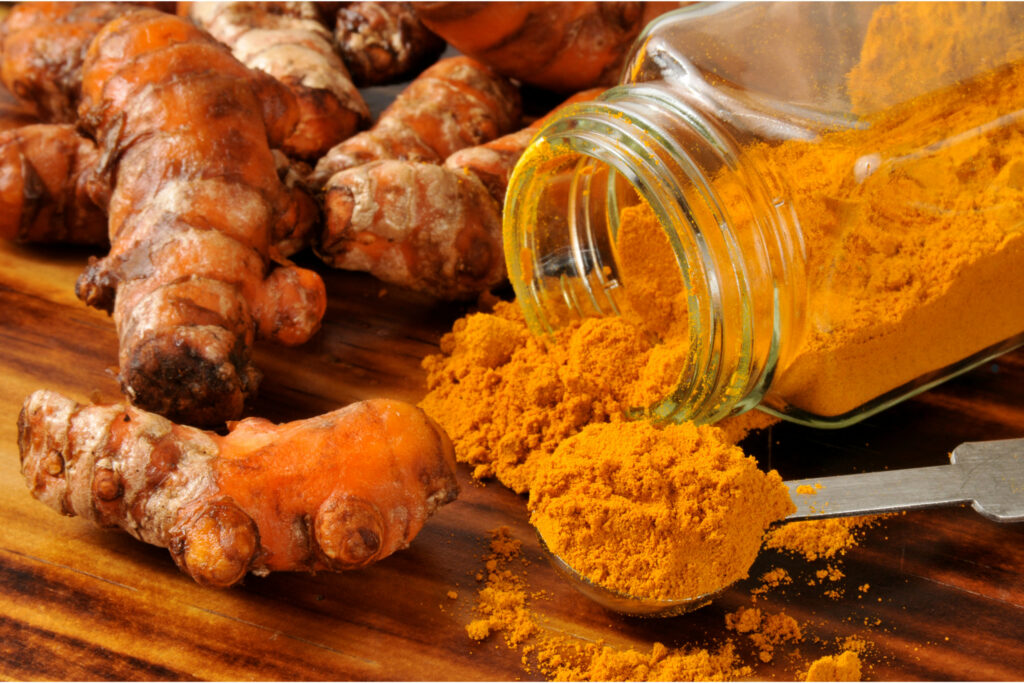Improving milk quality and feed efficiency in dairy cows

A new study published in the Animals journal found that adding a combination of phytoactives to the feed of lactating Jersey cows improves milk production and quality. These phytoactives include microencapsulated essential oils, minerals, turmeric extract, tannin, prebiotic, and probiotic. The study showed that this combination positively influences feed efficiency, the rumen environment and animal health.
Cows at peak production have high metabolic demands and are more prone to disorders such as physiological oxidative stress and decreased immune response. In addition, cows lose protein and energy through the production of heat, ammonia, and methane. To reduce these losses and enhance animal performance, some research is focusing on improving feed efficiency by using additives in the diet.
Natural feed additives have numerous benefits to animals, including antioxidant, anti-inflammatory, antibacterial, antiviral, coccidiostats, and anthelmintic actions. On the other hand, using blends is gaining space in the animal nutrition market. These blends combine combinations of essential oils, plant extracts, organic minerals, prebiotics, and probiotics, which are being explored for synergism to improve the productive efficiency and health of dairy cows.
Testing the phytoactive additive
In this new study, researchers evaluated administering a combination of phytoactives (microencapsulated essential oils, minerals, turmeric extract, tannin, prebiotic, and probiotic) in lactating Jersey cows on milk production and quality, feed efficiency, rumen environment and animal health. The phytogenic additive was a combination of microencapsulated cinnamon and oregano essential oils, chelated amino acid chromium, selenium proteinate, inactivated Saccharomyces cerevisiae, S. cerevisiae, turmeric extract, and tannic acid. The dosage used was 20 g per animal per day. This was tested on 14 primiparous Jersey cows, 27 ± 0.5 months old and weighing 410 ± 12.6 kg, with 30 days in milk (DIM).
Milk production and quality
There was a 6.4% improvement in milk production during the early lactation period (30-75 DIM) and a 5.6% improvement during the mid-lactation period (90-135 DIM) in the phytogenic group compared to the control group. The somatic cell count (SCC), which is an indicator of milk quality, was lower in the phytogenic group compared to the control group. The SCC was 26% and 38% lower during the early lactation and mid-lactation, respectively. Total saturated fats were lower in milk from the phytogenic group, while the sum of unsaturated and monounsaturated fats was higher in the phytogenic group. The unsaturated/saturated fat ratio was also higher in the phytogenic group.

The other milk components including milk fat, protein, lactose and casein were not affected by the additive. “These results show that using additives is a way to positively modulate milk quality to have significant amounts of omegas in the milk and lower somatic cell counts,” the researchers said.
The improvement in milk production and quality was attributed to the additive’s antimicrobial properties, the observed significant production of energy-providing volatile fatty acids (VFAs), and the enhanced digestibility of nutrients, providing better nutrient absorption when consuming the additive. Compared to the control group, the total VFA production was 15% and 14% higher in the phytogenic group during the early lactation and mid-lactation periods, respectively.
“These results lead us to understand that the additive was capable of modulating the rumen environment, just as it tended to increase the acetate/propionate ratio,” the researchers said.
Improvement in feed efficiency
The study results showed feed efficiency of cows in the phytogenic group was higher by 8% and 5% compared to the control group during the early lactation and mid-lactation periods, respectively, while the feed intake was the same in the groups. Improvements in milk production and feed efficiency were related to the overall improvement in cow health (enhanced immunity, antioxidant status, microbial modulation) observed in the phytogenic group. The study results also showed an improvement in nutrient digestibility during the mid-lactation period (Table 1).
Immunity, antioxidation and antibacterial effects
In cows that consumed the additive, the study observed a lower leukocyte count due to fewer lymphocytes. This was a positive sign of immunity as these variables can be used as markers of stress and inflammatory processes. The additive was shown to provide an anti-inflammatory response, as lower concentrations of the acute phase proteins ceruloplasmin and haptoglobin (indicators of a pro-inflammatory process) were observed. This observation was related to previous studies that showed the anti-inflammatory action of turmeric, cinnamon, and oregano essential oils. In addition to reducing inflammation, the feed additive stimulated the production of immunoglobulin A (IgA).
The oxidative biomarkers were influenced by the phytogenic additive. Results showed lower activity of the antioxidation enzyme superoxide dismutase (SOD) and lower Thiobarbituric acid reactive substances (TBARS) levels, a marker of lipid peroxidation products in the body. This indicated a strong antioxidant potential of the phytogenic mixture.
The phytogenic additive consumption significantly reduced the abundance of Streptococcus spp. in milk; Streptococcus spp. is commonly responsible for causing mastitis. In their explanation, the researchers highlighted that previous research work has shown that cinnamon and curcumin have antibiofilm potential and inhibitory activity against Streptococcus spp. as they disrupt the membrane’s integrity and stop the pathogen’s ATP production. Similarly, in a recent study published in the Journal of Animal Science and Biotechnology, researchers found that feeding a Saccharomyces cerevisiae fermentation product improves udder health and immune response to a Streptococcus uberis mastitis challenge in mid-lactation dairy cows.
Conclusion
The researchers concluded that adding the phytoactive mixture to dairy cows’ diet positively affects animal nutrition and health, and improves the production efficiency of Jersey cows.
“We also conclude that the intake of phytogenics improved milk quality, reduced milk somatic cell counts, increased unsaturated fatty acids in milk, and protected the mammary gland from the bacteria Streptococcus spp.” They added that administering the phytoactive mixture during mid-lactation had direct beneficial effects on nutrient digestibility and the modulation of the volatile fatty acid profile while stimulating an immune and antioxidant response.
This article was based on the publication: Combination of Phytoactives in the Diet of Lactating Jersey Cows: Effects on Productive Efficiency, Milk Composition and Quality, Ruminal Environment, and Animal Health. Animals, Vol 14, 2024.
Join 13,000+ subscribers
Subscribe to our newsletter to stay updated about all the need-to-know content in the dairy sector, two times a week.










